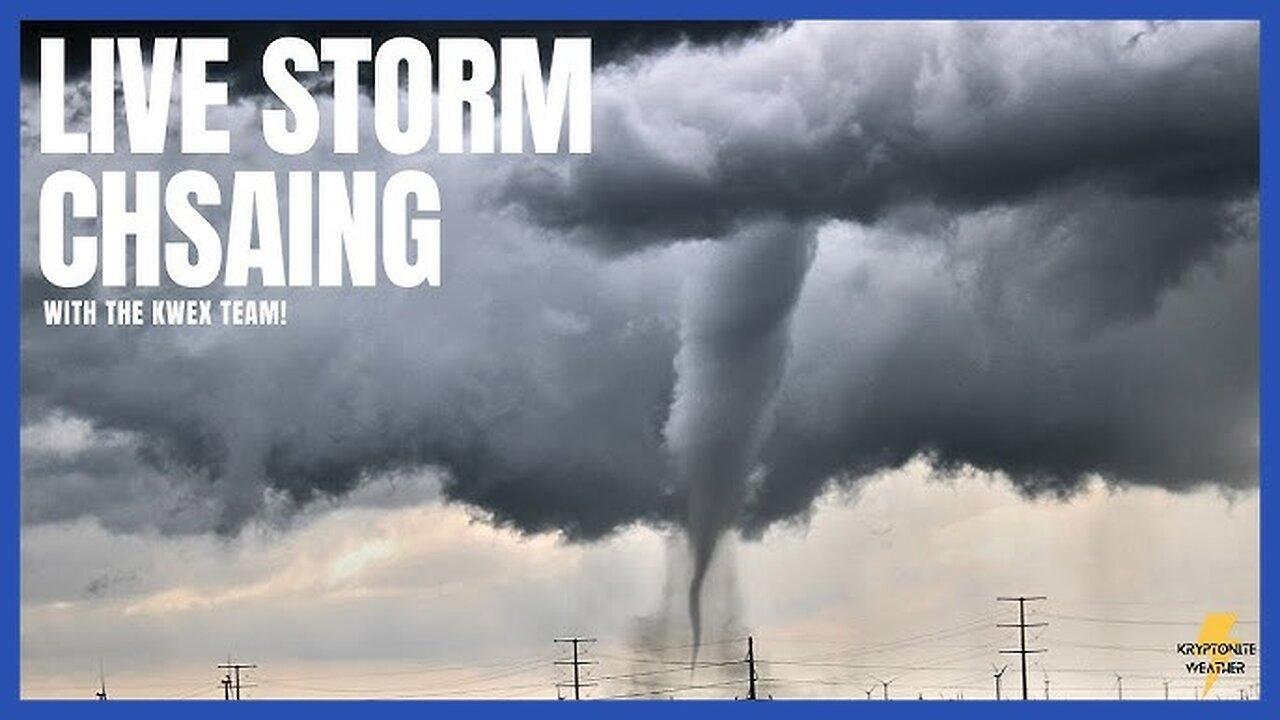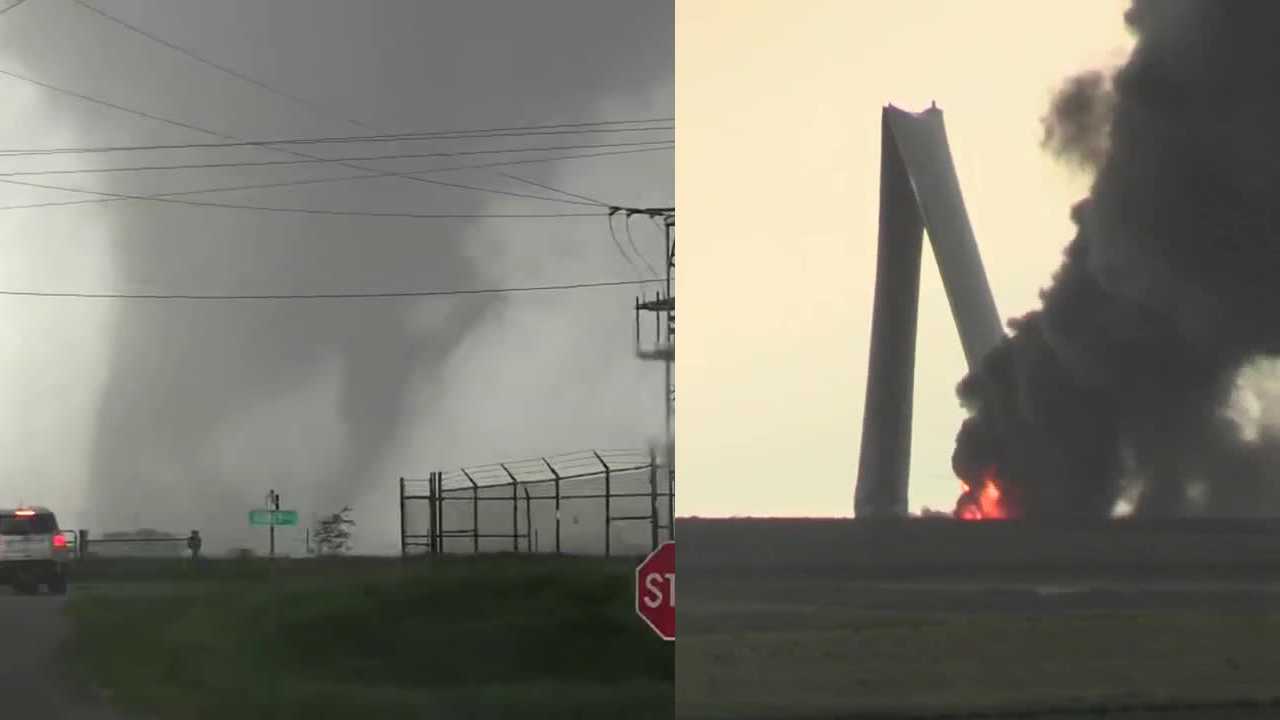Tornado History in Iowa

Tornado in iowa – Iowa has a long and storied history of tornadoes, with the first recorded tornado occurring in 1844. Since then, the state has been hit by hundreds of tornadoes, some of which have been particularly devastating.
One of the most notable tornadoes in Iowa history occurred in 1979. This tornado, which was part of a larger outbreak, killed six people and injured dozens more. It also caused widespread damage to property, destroying homes and businesses.
In recent years, Iowa has been hit by several other significant tornadoes. In 2008, a tornado outbreak killed nine people and injured more than 100. In 2011, a tornado caused extensive damage to the city of Parkersburg.
Iowa is located in the center of Tornado Alley, a region of the United States that is particularly prone to tornadoes. As a result, Iowa experiences more tornadoes than most other states. The state averages about 50 tornadoes per year, more than any other state except Texas.
The frequency and severity of tornadoes in Iowa can vary from year to year. However, the state is always at risk for tornadoes, and it is important for residents to be prepared.
Tornado Safety
There are a number of things that Iowans can do to stay safe during a tornado. These include:
- Having a plan in place for what to do if a tornado warning is issued.
- Knowing where to go for shelter, such as a basement or interior room on the lowest floor of a building.
- Staying away from windows and doors.
- Listening to local news and weather reports for updates on the tornado.
Tornado Forecasting and Warning Systems

Iowa is prone to tornadoes, making forecasting and warning systems crucial for protecting its population. Advanced technologies and collaboration among various agencies play a vital role in detecting and issuing timely warnings.
Methods for Forecasting and Detecting Tornadoes
Iowa’s tornado forecasting system relies on a combination of radar observations, weather balloon data, and numerical weather prediction models. Doppler radar detects wind speeds and directions, providing valuable information about the rotation and intensity of storms. Weather balloons measure atmospheric conditions, including temperature, pressure, and humidity, which can indicate the potential for tornado formation.
Numerical weather prediction models simulate atmospheric conditions and predict future weather patterns. These models help forecasters identify areas at risk for tornadoes and issue warnings accordingly.
Warning Systems and Their Effectiveness, Tornado in iowa
Iowa has a comprehensive warning system that includes sirens, mobile alerts, and media broadcasts. When a tornado warning is issued, sirens are activated in affected areas, alerting residents to seek shelter immediately.
Mobile alerts are sent directly to cell phones, providing real-time updates and instructions on where to seek safety. Media outlets also broadcast tornado warnings, ensuring that information reaches as many people as possible.
These warning systems have proven effective in saving lives. Studies have shown that timely tornado warnings have significantly reduced the number of fatalities and injuries.
Case Studies of Successful Tornado Warnings and Evacuations
In 2013, a tornado outbreak in Iowa resulted in several tornadoes, including an EF5 tornado that devastated Moore, Oklahoma. Thanks to timely warnings and evacuation efforts, no fatalities were reported in Iowa.
In 2018, another tornado outbreak affected Iowa, with several tornadoes reported. Again, timely warnings and evacuations helped minimize the loss of life, with only one fatality reported.
These case studies demonstrate the effectiveness of Iowa’s tornado forecasting and warning systems in protecting the population.
Tornado Safety and Preparedness: Tornado In Iowa
To mitigate the risks posed by tornadoes, it is crucial to adopt comprehensive safety measures. These encompass proactive steps prior to a tornado’s occurrence, prudent actions during the event, and effective post-tornado recovery strategies.
Before a Tornado
Advance preparation is paramount to enhance tornado safety. Several precautionary measures can be taken:
- Develop a Tornado Safety Plan: Establish a clear plan that Artikels designated safe areas in your home or workplace, evacuation routes, and communication procedures.
- Identify a Tornado Shelter: Locate and designate a sturdy, below-ground shelter, such as a basement or storm cellar, as your primary refuge during a tornado.
- Prepare an Emergency Kit: Assemble an emergency kit containing essential supplies, including water, non-perishable food, a first-aid kit, medications, flashlights, and a battery-powered radio.
- Stay Informed: Monitor weather forecasts and heed tornado warnings issued by the National Weather Service. Stay tuned to local news and radio stations for updates.
- Secure Your Property: Reinforce loose outdoor items, such as patio furniture and trampolines, to prevent them from becoming projectiles in high winds.
During a Tornado
If a tornado warning is issued or you observe a tornado approaching, it is imperative to act swiftly and decisively:
- Seek Shelter Immediately: Take refuge in your designated tornado shelter or the lowest level of a sturdy building. Avoid windows and exterior walls.
- Lie Down and Cover Your Head: If you cannot reach a shelter, lie down flat in a ditch or low-lying area and cover your head with your hands or a blanket.
- Stay Away from Windows: Broken glass can cause severe injuries. Stay away from windows and seek shelter in interior rooms or hallways.
- Protect Yourself from Debris: Use pillows, blankets, or mattresses to shield yourself from flying debris.
- Monitor Weather Updates: Stay informed about the tornado’s progress through local news or weather radio.
After a Tornado
In the aftermath of a tornado, it is crucial to prioritize safety and recovery:
- Stay Informed: Continue to monitor weather updates and official announcements for information on potential hazards or evacuation orders.
- Check for Injuries: Assess yourself and others for injuries and seek medical attention if necessary.
- Inspect Your Property: Carefully inspect your home or workplace for structural damage. Do not enter damaged buildings until they have been inspected by a qualified professional.
- Contact Your Insurance Company: Report any damage to your insurance company as soon as possible.
- Assist Others: Offer assistance to neighbors and community members who may need help with cleanup or repairs.
Tornado Damage Assessment and Recovery

In the aftermath of a tornado, assessing the extent of the damage is crucial for recovery efforts. Aerial surveys provide a comprehensive overview, capturing the severity and scope of the impact. Ground inspections, conducted by teams of engineers and disaster relief personnel, offer detailed assessments of individual structures and infrastructure.
Debris Removal and Infrastructure Repair
The initial stage of recovery involves removing debris and repairing damaged infrastructure. Debris removal is essential for clearing access routes, preventing hazards, and facilitating reconstruction. Infrastructure repair focuses on restoring essential services such as electricity, water, and communication, enabling communities to function.
Community Rebuilding
Community rebuilding is a complex and multifaceted process that encompasses physical reconstruction, economic revitalization, and social support. It involves rebuilding homes, businesses, and public facilities, as well as providing financial assistance and mental health services to affected individuals and families.
Successful Recovery Efforts and Lessons Learned
Successful recovery efforts often involve collaboration between government agencies, non-profit organizations, and community members. Effective coordination, timely assistance, and community resilience contribute to efficient and comprehensive recovery. Lessons learned from past events have led to advancements in warning systems, building codes, and emergency response protocols, enhancing preparedness and reducing the impact of future tornadoes.
Tornado Research and Mitigation
The relentless pursuit of understanding tornado formation, behavior, and forecasting has driven groundbreaking research. Scientists delve into the intricacies of atmospheric dynamics, studying the complex interplay of wind shear, instability, and moisture that gives rise to these formidable storms. Advanced computer modeling and observational techniques have significantly improved our ability to detect and predict tornadoes, providing invaluable lead time for communities to prepare.
Role of Technology
Technology has revolutionized tornado detection and warning systems. Doppler radar, with its ability to measure wind speeds and directions, has become an indispensable tool for meteorologists. Real-time data from radar networks allows for precise tracking of tornadoes, enabling timely warnings to be issued. Additionally, satellite imagery and lightning detection systems contribute to a comprehensive surveillance network, enhancing our ability to monitor and forecast severe weather events.
Innovative Mitigation Strategies
Beyond forecasting, research has also focused on developing innovative mitigation strategies to reduce the devastating impact of tornadoes. Tornado-resistant construction techniques, such as reinforced structures and safe rooms, offer crucial protection to buildings and occupants. Early warning systems, utilizing sensors and advanced communication technologies, provide communities with precious extra seconds to seek shelter before a tornado strikes. These advancements in mitigation strategies are saving lives and minimizing property damage.